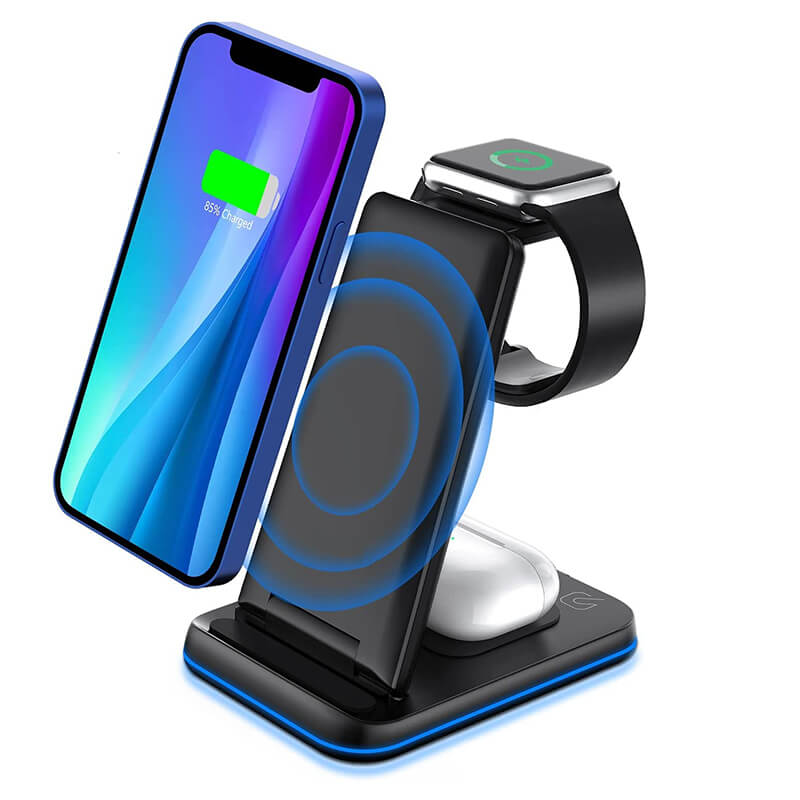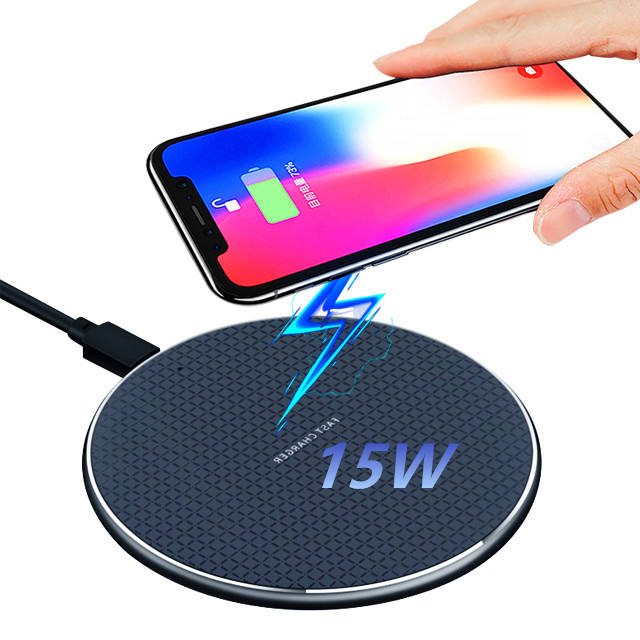Does Wireless Charging Damage the Battery?
Wireless chargers will not harm the battery of mobile phones. On the contrary, wireless chargers not only reduce the use of data cables, but also make charging more free and safer.
Wireless charging adopts the principle of electromagnetic induction, which is coupled through a coil to achieve energy transfer. Mobile phone wireless charging technology is a type of circuit that is converted into a charging circuit through a power management module and a transmitting circuit. So wireless charging won’t hurt the battery.
Introduction of wireless charging technology:
Wireless charging technology and wireless power transmission technology can be divided into two types: low-power wireless charging and high-power wireless charging.
Low-power wireless charging often uses electromagnetic induction, such as the Qi method of charging mobile phones, but ZTE’s electric vehicle wireless charging method uses induction.
High-power wireless charging often adopts resonance type (most electric vehicle charging adopts this method), and the power supply equipment (charger) transmits energy to the power-consuming device, and the device uses the received energy to charge the battery and supply its own power at the same time. for operation.
Advantages of wireless charging technology:
Devices using wireless magnetoelectric induction charging can be invisible, with low wear rate and wide application range. The area of the public charging area is relatively reduced, but the reduced footprint will not be too large.
It has high technical content and convenient operation, and can implement relatively long-distance wireless energy conversion, but the transmission distance of high-power wireless charging is only limited to within 5 meters, not too far.
Easy to operate.
Disadvantages of wireless charging technology:
Although the technical content of the equipment is high, the economic cost of the equipment is relatively high and the maintenance cost is high.
Due to the realization of long-distance high-power wireless magneto-electric conversion, the energy consumption of the device is relatively high. As the distance and power of the wireless charging device increase, the consumption of wasteful power will also increase.
The wireless charging technology and equipment itself realizes secondary energy conversion, that is, after the grid power is stepped down (or directly) into DC power, a higher frequency switch is performed to control the AC conversion output. Since the high-power AC-DC-AC current conversion is the reason for the secondary wireless transmission of electric energy, the electromagnetic space magnetic loss rate is too large.


